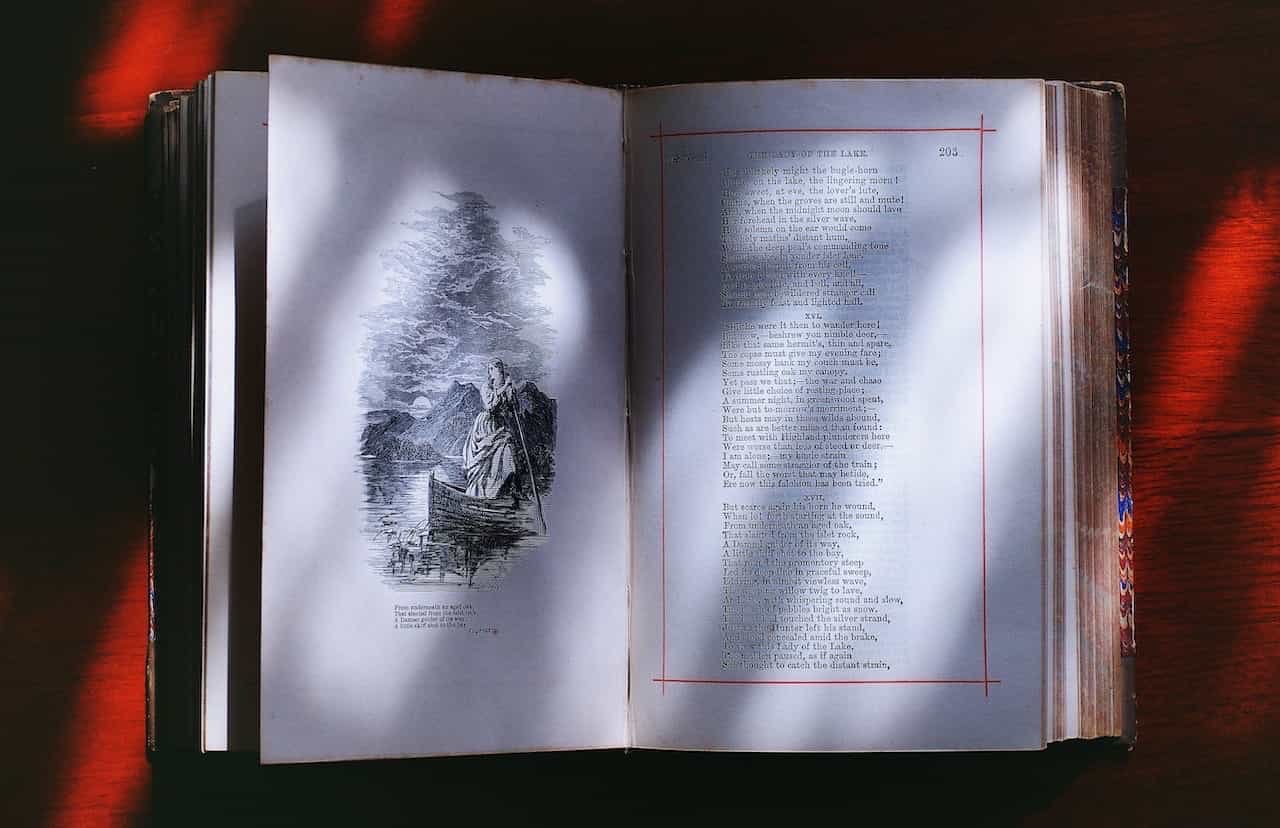TABLE OF CONTENTS
Osteodystrophia Fibrosa
Pathogenesis of Osteodystrophia fibrosa is similar to osteomalacia, but it differs in that soft, cellular and fibrous tissue is laid down as a result of the weakness of the bone.

Osteodystrophia fibrosa commonly occurred in Horse (mostly 2-7 years) and less commonly in pigs and goats.
Etiology
- Secondary to calcium deficiency due to excessive Phosphorous feeding is the common cause.
- Ca:P ratio alteration, If ratio is 1:2.9 or more the animal more susceptible to disease
- Continuous ingestion of oxalate containing plants.
Pathogenesis
Imbalance of Ca:P ration leads Osteodystrophia fibrosa:
- It shows, weakness of the bone is predispose to increases tendency to fracture and separation of muscular and tendon attachment.
- Articular erosion and displacement of bone marrow cause anemia.
Clinical signs
Horse
- Early stage
- Shifting lameness
- Arching back, Cracking sound on joint when they walk (due to the relaxation of tendon and ligaments from bone & joints)
- Lameness (due to erosion of articular cartilage)
- Advance stage
- Fracture of the lower alveolar margin of mandible is followed by soft bilateral symmetrical enlargement of facial bone. (which cause respiratory distress)
- Flattening of the ribs and fracture of ribs and detachment of ligament may notice.
- Swelling of joints and curvature of long bones.
- Animal die due to severe emaciation and anemia.
Pigs
- Clinical signs are similar to horse. In sever case pig unable to stand and walk.
Goat
- Clinical signs are similar to horse
- Stunted growth
- Lameness, Diarrhea, protrusion of tongue, Prominent eye ball and tremor
- Enlarged bones were firm and pain on palpation
Diagnosis
- History and clinical signs
- Lab: Lower serum calcium and elevated serum phosphorous than normal
- Increase serum ALP
- Affected horse unable to return their serum calcium even after calcium therapy.
- X-Ray: Increased translucency of affected bones.
Treatment and Control
- Ca:P ratio should be maintain
- Lime stone at 30g daily oral

